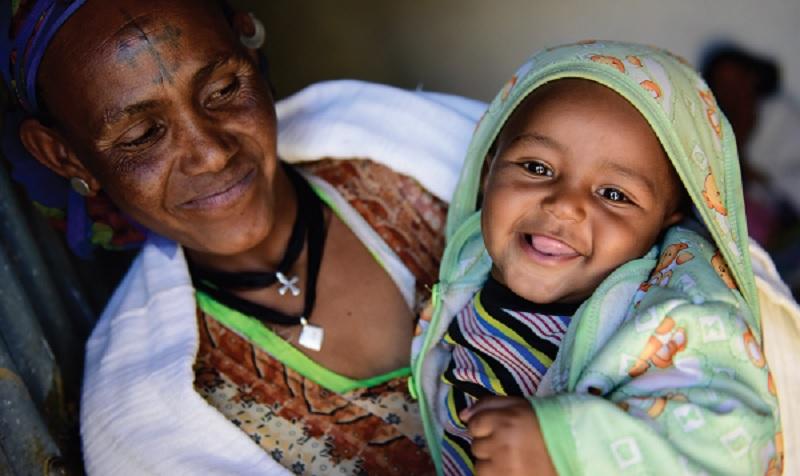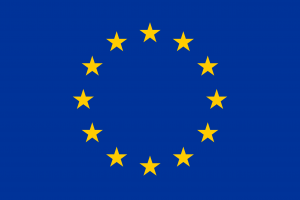Joining Forces to Tackle Undernutrition in Ethiopia

Ethiopia, the second most populous country in Africa, has made significant progress in tackling child undernutrition—reducing stunting rates in children under five from 67% to 40% in just two decades. This achievement has played a key role in lowering child mortality. However, despite this progress, Ethiopia remains off track to meet its national targets of reducing stunting to 20% by 2020 and eliminating it by 2030. In response, the European Union, together with 20 Member States and Norway (EU+), launched a pilot joint action focused on nutrition—a shared priority—to strengthen coordination, coherence, and complementarity across their development programmes and to pave the way for more effective joint programming.
Objectives
The EU+ Joint Strategy on Nutrition (2016–2020) aimed to strengthen the collective response of EU+ partners to one of Ethiopia’s most pressing development challenges: reducing child stunting to 26% by 2020 and ultimately eliminating it by 2030. The strategy provided a framework to harmonise EU+ programmes with national nutrition priorities—ensuring better alignment, coordinated planning, and joint implementation. It promoted evidence-based programming, streamlined monitoring and evaluation, and enhanced transparency, predictability, and impact. By reducing fragmentation and overlap among EU+ and other development actors, the strategy aimed to deliver more effective, coherent, and sustainable nutrition outcomes for Ethiopia’s most vulnerable populations.
Impact
Joint programming in nutrition significantly improved transparency, coherence, and complementarity among EU+ partners, leading to more strategic and predictable support for Ethiopia’s nutrition sector. The creation of the EU+ Nutrition Group added value from the outset, aligning efforts with national priorities and strengthening the implementation of EU-funded projects like the UNICEF-led nutrition programme.
The joint analysis of undernutrition fostered a shared understanding of root causes—particularly the critical importance of addressing stunting in the first 1,000 days of life and tackling “hidden hunger” caused by micronutrient deficiencies. Mapping exercises and gap analyses guided better resource allocation, informed division of labour, and highlighted where interventions could have the greatest impact.
Collaboration extended across sectors, promoting a multi-sectoral approach that integrated nutrition into agriculture, education, and social protection. The EU Delegation also mobilised technical support through the Nutrition Advisory Services (NAS), ensuring nutrition was mainstreamed in projects such as RESET II, and providing targeted training to implementing partners.
By facilitating joint advocacy, coordinated planning, and shared learning, the EU+ Nutrition Strategy laid the groundwork for more effective, inclusive, and sustainable nutrition outcomes in Ethiopia.


